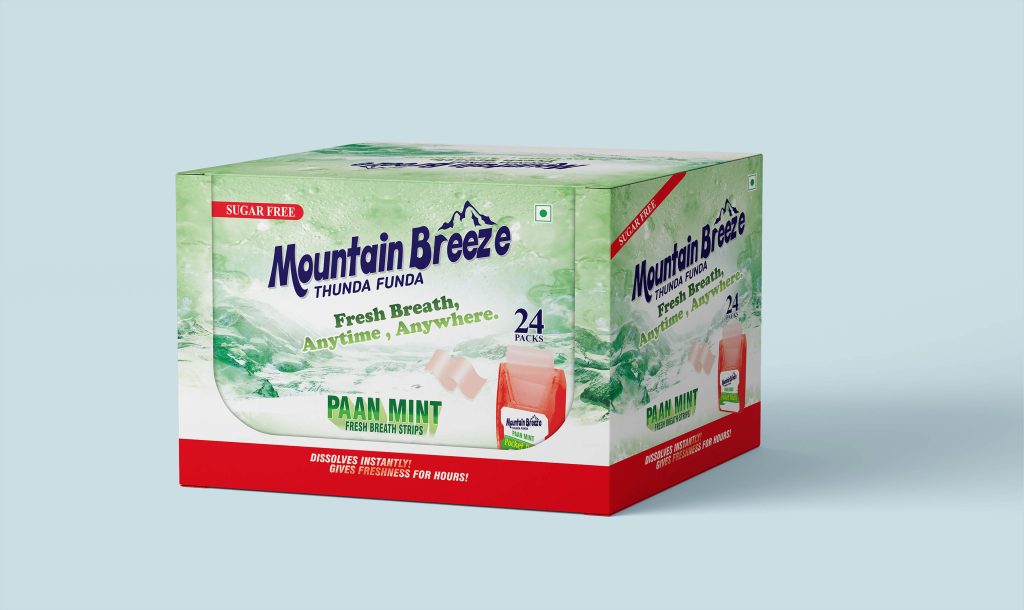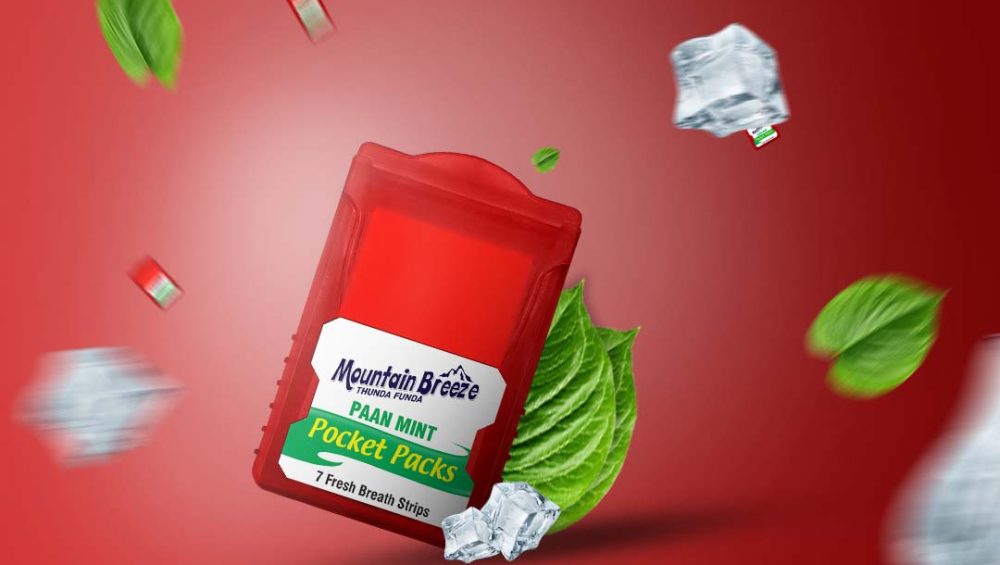Mouth Fresheners for Kids: Are They Safe?
Ensuring your child has great oral hygiene can sometimes feel like a full-time job. From reminding them to brush their teeth twice a day to keeping sugar-filled snacks at bay, parents are always looking for new ways to make oral care fun and effective. Among the growing trends, mouth fresheners for kids have started to make their way into grocery aisles and online stores. But are they really safe for children?
This blog unpacks everything you need to know about kids’ mouth fresheners. From ingredients to risks, and natural alternatives, you’ll find the info you need to make confident decisions regarding your child’s oral health.

Types of Mouth Fresheners for Kids
The first thing to know is that not all mouth fresheners are created equal. There are various types available in the market today:
- Sugar-Free Chewing Gums: Popular for their convenience, these gums include sweeteners like xylitol that can help prevent cavities.
- Breath Strips: Small, dissolvable strips that freshen breath instantly. These are often marketed as a kid-friendly, sugar-free alternative.
- Mouth Sprays: Portable sprays designed to neutralize odors and freshen breath on the go.
- Herbal Lozenges: Typically made with natural ingredients like mint, clove, or fennel, these are thought to be a safer and organic choice.
Most of these products are targeted at parents dealing with children’s bad breath or picky eaters, but it’s crucial to understand what’s inside these products to evaluate their safety.
Common Ingredients in Mouth Fresheners
Mouth fresheners often include ingredients like:
- Artificial sweeteners such as xylitol or stevia (preferred for kids as they don’t contribute to cavities).
- Essential oils like peppermint or eucalyptus to mask bad breath.
- Coloring agents and flavors to make products appealing to kids.
- Non-active fillers that enhance the texture or consistency of the product.
While most of these ingredients are considered safe in moderation, potential risks for children arise when artificial additives, hidden sugars, or even allergens like mint oils are involved.
Are Mouth Fresheners Safe for Kids?
This brings us to the central question—are mouth fresheners safe for children? The answer, as you may suspect, isn’t black or white.
Potential Benefits:
- Improved Confidence: Some kids may deal with bad breath issues (clinically known as halitosis) that can affect their confidence in social settings. Mouth fresheners offer a quick fix.
- Xylitol Protection: Products containing xylitol have proven benefits in minimizing cavity-causing bacteria, particularly in sugar-free chewing gum.
- Encouraging Oral Care Habits: For kids reluctant to brush their teeth, mouth fresheners can make oral care more exciting.
Potential Risks:
- Swallowing Concerns: Young children might swallow chewing gum or liquid sprays, which can pose digestion risks or even a choking hazard.
- Too Much Sugar: Although some are sugar-free, others may contain added sugars that could lead to cavities if used often.
- Harmful Chemicals: Breath sprays and strips sometimes contain alcohol, artificial flavors, or synthetic additives that may not be suitable for children.
- Overuse Risks: Relying solely on mouth fresheners without proper brushing and flossing fails to address deeper oral health concerns.
Insights from pediatric dentists emphasize that moderation and monitoring are key. Dr. Laura Simmons, a leading pediatric dentistry expert, advises, “While certain kid-friendly oral fresheners can support oral hygiene practices, they should never replace regular brushing with fluoride toothpaste and dental visits.”
Best Practices for Using Mouth Fresheners with Kids
If you’re considering mouth fresheners for your child, keep these safety guidelines in mind:
- Age-Appropriate Use: Only introduce mouth fresheners for kids over the age of six, as younger children may struggle with understanding safe use.
- Opt For Sugar-Free: Look for products featuring natural sweeteners like xylitol, as these reduce the risk of cavities.
- Read Labels Carefully: Avoid products with alcohol, excessive artificial flavors, or bright artificial colors.
- Use in Moderation: Reserve mouth fresheners for occasional use, such as before a school recital or special event, rather than daily reliance.
- Supervise Younger Kids: Ensure younger children use these products under adult supervision to prevent swallowing mishaps.
By following these steps, parents can enjoy the benefits of mouth fresheners without compromising on safety.
Alternatives to Conventional Mouth Fresheners
If you’re hesitant about store-bought options, rest assured there are safer, natural alternatives that can help with breath freshening:
- Homemade Mint Water
Combine fresh mint leaves with water and a splash of lemon juice for a refreshing rinse.
- Crunchy Fruits and Veggies
Apples, celery, and carrots not only freshen breath but also aid in natural teeth cleaning.
- Herbal Remedies
Clove and fennel seeds, traditional remedies for bad breath, are kid-friendly and all-natural.
- Safe Chewing Options
Sugar-free licorice or xylitol-based lozenges can be a fun alternative to commercial products.
By choosing natural alternatives, parents can provide their kids with healthier options while avoiding unnecessary chemicals or added sugars.







